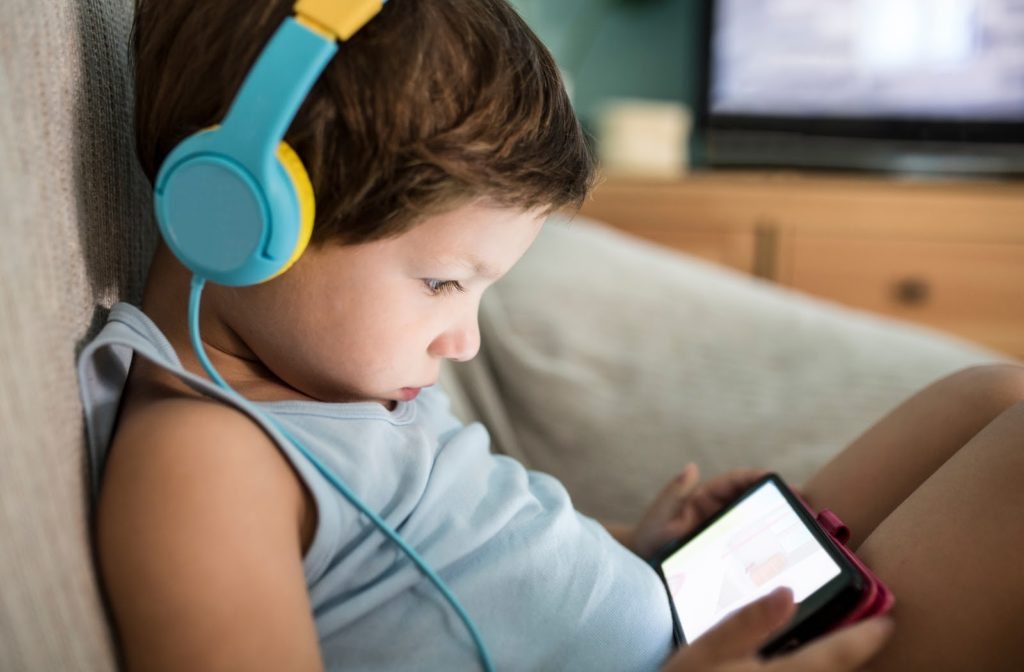Excessive Screen Time Harms More Than Just the Eyes — Here’s How It Affects Kids’ Health

Excessive Screen Time Harms More Than Just the Eyes — Here’s How It Affects Kids’ Health
Prolonged screen exposure can damage not only the eyes but also the heart, bones, and mental well-being of children.
In today’s digital age, children spend long hours glued to screens — whether studying, gaming, or watching videos. This continuous screen time doesn’t just strain their eyes; it affects various organs and overall physical and mental health.
How Excessive Screen Time Affects the Body
Eyes: Watching screens for extended periods can cause digital eye strain, dry eyes, and blurred vision. Over time, it can even increase the risk of myopia (nearsightedness).
Bones and Muscles: Sitting for long hours while using devices can lead to neck, back, and spine pain. Reduced physical movement weakens bones and prevents proper muscle development.

Heart and Obesity: Sedentary screen habits reduce physical activity, raising the risk of obesity and heart disease. Regular movement and outdoor play are essential for keeping a child’s heart healthy.
Sleep: Using screens before bedtime can disturb sleep quality. Insufficient sleep leaves children tired, irritable, and less focused during the day.
Mental Health: Spending too much time on social media or gaming can lead to stress, anxiety, and low self-esteem. Constant exposure to online content and frequent notifications can overstimulate the brain and affect mental balance.
How to Reduce Screen Time in Children
Family Activity Night: Plan a weekly family evening with games, music, or creative activities to keep children engaged without screens.
Outdoor Scavenger Hunt: Encourage kids to play outdoor discovery games around your home or in a park to boost physical activity naturally.
Sports and Games: Involve them in badminton, cricket, or frisbee—fun ways to improve health while reducing screen dependency.
Gardening: Include children in gardening tasks like watering plants or playing with soil. It acts as light exercise and helps them connect with nature.
Follow the 20-20-20 Rule: Teach kids to rest their eyes — after every 20 minutes of screen use, look at something 20 feet away for 20 seconds.
Adjust Brightness and Use Blue Light Filters: Match screen brightness to room lighting and enable night mode or blue light filters to protect the eyes.
Disclaimer: This article is based on expert opinions and published research studies.












